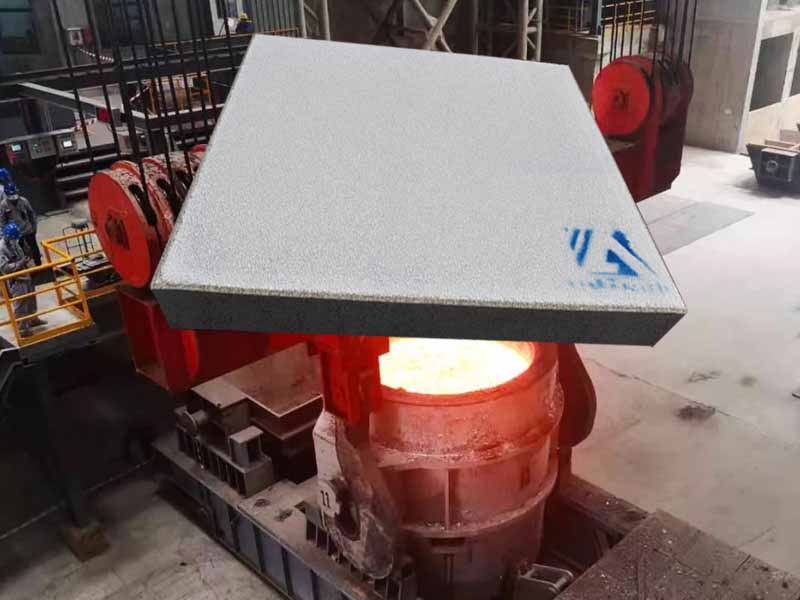
15 11月 Molten Aluminum Filter Spain Smelter
Molten Aluminum Filter Spain Smelter absorbs small inclusions in cast aluminum to improve the quality of aluminum products.
Molten metal usually contains impurities in the form of inclusions, which are not removed during the refining process. In order to obtain advanced metal raw materials for thin plate manufacturing, precision drawing and precision casting, it is generally necessary to pass molten metal through a filter to remove these inclusions.

In particular, molten aluminum usually contains entrained solids, which are harmful to the final molten metal product.
These entrained solids appear as inclusions in the final cast product after the molten metal is solidified, and cause the ductility of the final product to decrease or the smoothness and anodizing performance of the final product to deteriorate.
Inclusions can come from various sources. For example, inclusions may come from a surface oxide film, which breaks and penetrates into the resulting molten metal.
In addition, inclusions may come from insoluble impurities, such as carbides and borides. Or refractory materials corroded from furnaces and tanks.
Therefore, Molten Aluminum Filter is very important for aluminum rod and aluminum ingot factories.
Aluminium Smelter Factory in Europe is purchasing Molten Aluminum Filter Spain Smelter through sales@adtechamm.com.
Geographical location of Spain
Spain is located on the Villa Peninsula in southwestern Europe. It borders the Bay of Biscay in the north, Portugal in the west, Morocco in Africa across the Strait of Gibraltar to the south, France and Andorra in the northeast, and the Mediterranean Sea in the east and southeast.
Spanish environment
Spain is located on the Iberian Peninsula in southwestern Europe. It borders the Bay of Biscay in the north, Portugal in the west, Morocco in Africa across the Strait of Gibraltar to the south, France and Andorra in the northeast, and the Mediterranean Sea in the east and southeast. The coastline is about 7,800 kilometers long. The territory is mountainous and is one of the highest mountain countries in Europe.
The plateaus and mountains in the territory are alternated. The average elevation of the country is 660 meters, 35% of the country is above 1,000 meters above sea level, and the plains account for only 11%, making it one of the highest-lying countries in Europe. The main mountains have the Cantabrian and Pyrenees in the north, and the Morena and Andalusian mountains in the south. The Mulasan Peak in the south is 3,478 meters above sea level, which is the highest peak in the country.
Spain is located in southwestern Europe and shares the Iberian Peninsula with Portugal. Spain is located between 36 degrees to 44 degrees north latitude, 9 degrees 18 minutes west longitude and 3 degrees 19 minutes east longitude, spanning 840 kilometers from north to south and 1,000 kilometers from east to west.
The country covers an area of 504,750 square kilometers, and the Spaniards say that their country is shaped like a piece of cooked cowhide. Spain ranks fourth in Europe after Russia, Germany and France, equivalent to one-twentieth of the total area of Europe.


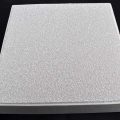
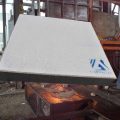


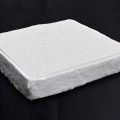

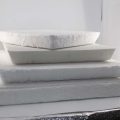
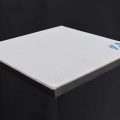
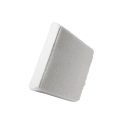

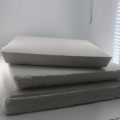
No Comments